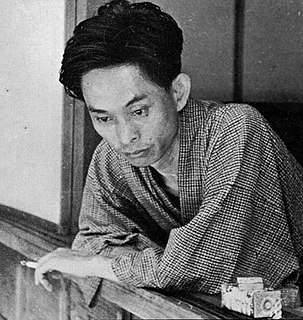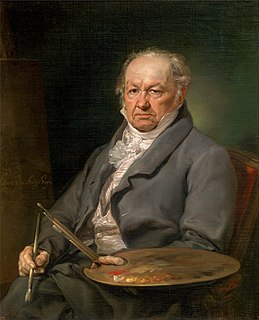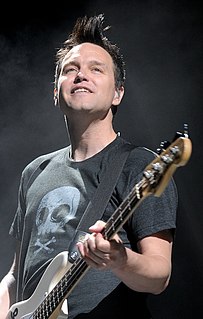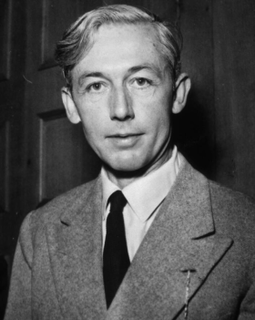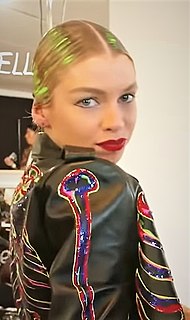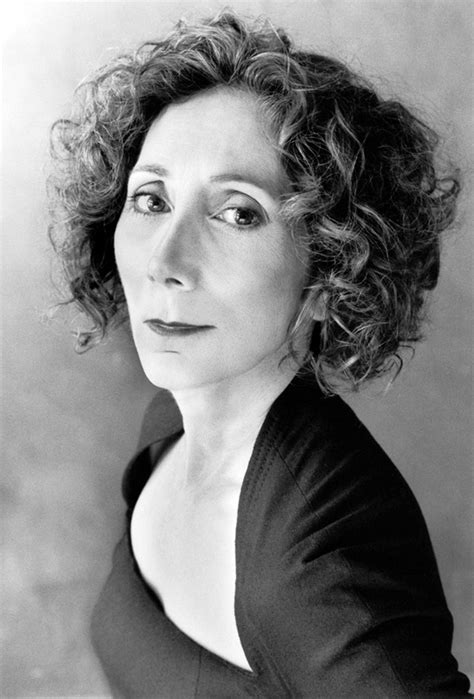A Quote by Heinrich Neuhaus
Everyone is aware of the fact that visual and auditive perspective are identical; the only difference being that they are created and perceived by two physically different organs, the eye and the ear. How often the playing of a great master makes us think of a picture with a deep background and varying planes; the figures in the foreground almost leap out of the frame whereas in the background the mountains and clouds are lost in a blue haze.
Quote Topics
Almost
Aware
Background
Being
Blue
Clouds
Created
Deep
Difference
Different
Ear
Everyone
Eye
Fact
Figures
Foreground
Frame
Great
Haze
How
Identical
Leap
Lost
Makes
Master
Mountains
Often
Only
Only Difference
Organs
Out
Perceived
Perspective
Physically
Picture
Planes
Playing
Think
Two
Us
Visual
Whereas
Related Quotes
In the depths of the mirror the evening landscape moved by, the mirror and the reflected figures like motion pictures superimposed one on the other. The figures and the background were unrelated, and yet the figures, transparent and intangible, and the background, dim in the gathering darkness, melted into a sort of symbolic world not of this world. Particularly when a light out in the mountains shone in the center of the girl's face, Shimamura felt his chest rise at the inexpressible beauty of it.
The Master said, The case is like that of someone raising a mound. If he stops working, the fact that it perhaps needed only one more basketful makes no difference; I stay where I am. Whereas even if he has not got beyond leveling the ground, but is still at work, the fact that he has only tilted one basketful of earth makes no difference. I go to help him.
The apparent world, the one which is perceived, with its figures, its brightness, its colors, is a psychical product, a creation of the observer. The figures seen on the vault of heaven are neither the celestial bodies, nor the true clouds or the falling stars, but are only effigies which the observer's psyche has created and localized how and where it can.
There was a great push and pull of what Blink-128 should sound like all the time. Travis Barker comes from a different background than I do, and Tom DeLonge comes from a different background than either of us in terms of what we write and what we think a song should be. Tom pushes me out of a box that I put myself in.
So much of my work is defined by the difference between the figure in the foreground and the background. Very early in my career, I asked myself, "What is that difference?" I started looking at the way that a figure in the foreground works in eighteenth- and nineteenth-century European paintings and saw how much has to do with what the figure owns or possesses. I wanted to break away from that sense in which there's the house, the wife, and the cattle, all depicted in equal measure behind the sitter.
The ear is profound, whereas the eye is frivolous, too easily satisfied. The ear is active, imaginative, whereas the eye is passive. When you hear a noise at night, instantly you imagine its cause. The sound of a train whistle conjures up the whole station. The eye can perceive only what is presented to it.
I think we did our first session in 1958. There were no black background singers - there were only white singers. They weren't even called background singers; they were just called singers. I don't know who gave us the name 'background singers,' but I think that came about when The Blossoms started doing background.
The difference between a good educator and a great educator is that the former figures out how to work within the constraints of traditional policies and accepted assumptions, whereas the latter figures out how to change whatever gets in the way of doing right by kids. 'But we've always...', 'But the parents will never...', 'But we can't be the only school in the area to...' - all such protestations are unpersuasive to great educators. If research and common sense argue for doing things differently, then the question isn't whether to change course but how to make it happen.
I'm really lucky because I can sleep on planes. I wear an eye mask, I have a book, and I sit down and pass out pretty easily. I know that not everyone can. I think I'm good at it because I travel so much, and for me, being on planes is like a sacred time. It's the only time to zone out and meditate.
When I got to MIT, I discovered a really interesting Master's program called the Science and Technology and Policy Program - it taught people with a background in STEM how to think about science and tech from a policy perspective. It was a great way to understand how to communicate science to a policymaker or a layperson.


